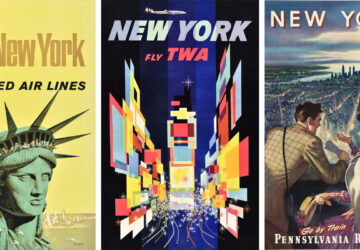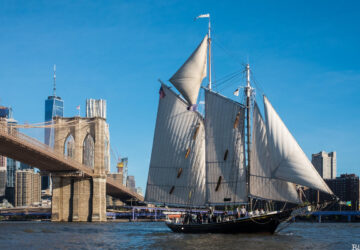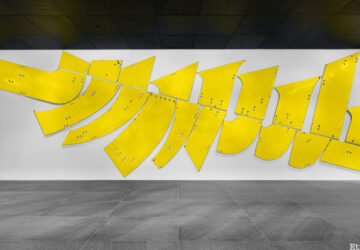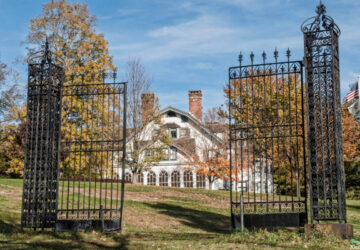4. The name Brighton was chosen in reference to the English resort town
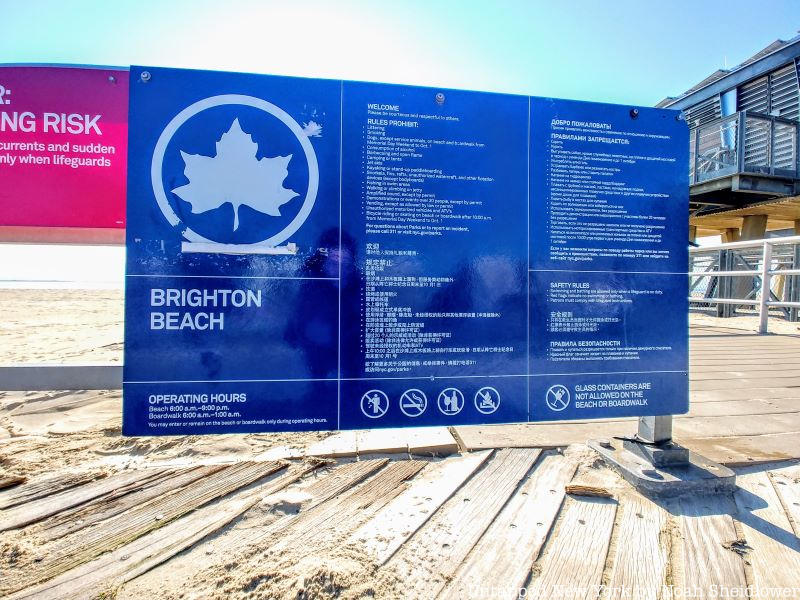
Brighton Beach, until the 1860s, was mostly farmland, and many English families had residences here; Brighton Beach was part of the English settlement of Gravesend, which was the only English settlement of the original six towns of Kings County. In 1868, though, William A. Engeman built a resort in the area as one of the first major development projects, which was eventually named “Brighton Beach” as an allusion to the English resort town of Brighton. The hotel could house 5,000 people per night and could feed 20,000, catering mostly to upper-class patrons.
Right by the hotel, Engeman opened the Brighton Beach Bathing Pavilion in 1878, with a capacity of 1,200. But the Brighton Beach Hotel was under threat from beach erosion and very high tides, so a proposal was put forward to move the building inland. In the largest building move of the 19th century, hydraulic jacks lifted up the building, under which 24 lines of railroad tracks were laid. The hotel was pulled by 112 railroad cars, which were themselves pulled by six steam locomotives. Those who stayed at the hotel often attended concerts at the Brighton Beach Music Hall, whose composer-in-residence was John Philip Sousa for a few years.
